Ayurvedic Beauty Care
March 23rd, 2007 | admin
Ayurveda has presented before humankind, a set of effective cosmetics and beauty care directions. If keeping a close watch on the traditional lifestyle of average Indian people, one can find a holistic approach towards life, which is solidly based on the principles of Ayurveda.
There is a variety of herbs, flowers, leaves, etc for beauty care purposes.
Some Ayurvedic beauty care herbs are listed below
Dried manjal (Turmeric – Curcuma longa) is made into a facial paste is used by average Kerala girls and women for a glowing face skin and to naturally avoid facial hair. Same is the thing about Kasthoorimanjal.
Mailanchi – is a world renowned herb, known as the best fix for burns, to prevent cracking of nails and keeping them healthy and beautiful, prevents itch, scabies, blisters on skin, pimples and promote youthful hair growth – you may be using the herb in another name called henna (Lawsonia inermis).
Neem – known as the best naturally available detoxifier and anti-parasitic, among many other things, neem oil is used to cure skin disorders.
Hibiscus – yeah, the same lovely red flower and the leaves of its plants, when crushed and mixed with water becomes a great natural shampoo, thoroughly cleaning the hair and scalps.
Aloe vera – cosmetic companies around the world have become dependant on this wonder herb, you know why.
Kayyonni (Kayyoni (Eclipta alba/eclipta prostrata), used in the preparation of hair oil from coconut oil, forms an important herb to offer darkness and thickness to hair and a cool head, means it gives a cooling effect to your head.
Ayurvedic beauty care is not just about using some herbs, preparations or oils, but also the entire lifestyle, which must revolve round dinacharya (or healthy Ayurvedic daily routines) and rithucharya (lifestyle routines right for the season). it is applicable to everyone and you must stick to certain healthy routines like waking up before sunrise, taking nutritious food, applying reasonable levels of physical exertion, etc are a few among the general directions.




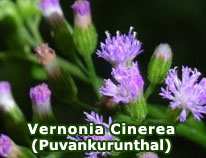
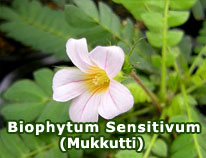
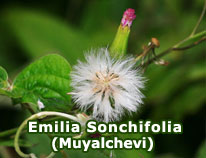
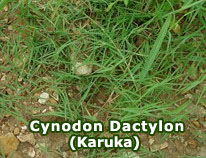
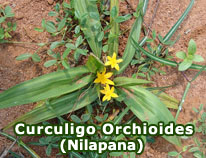
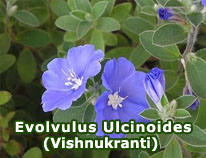
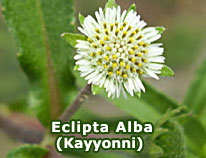
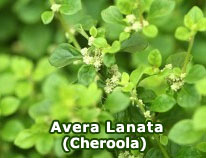
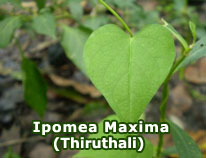
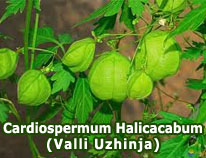
 Loading ...
Loading ...





